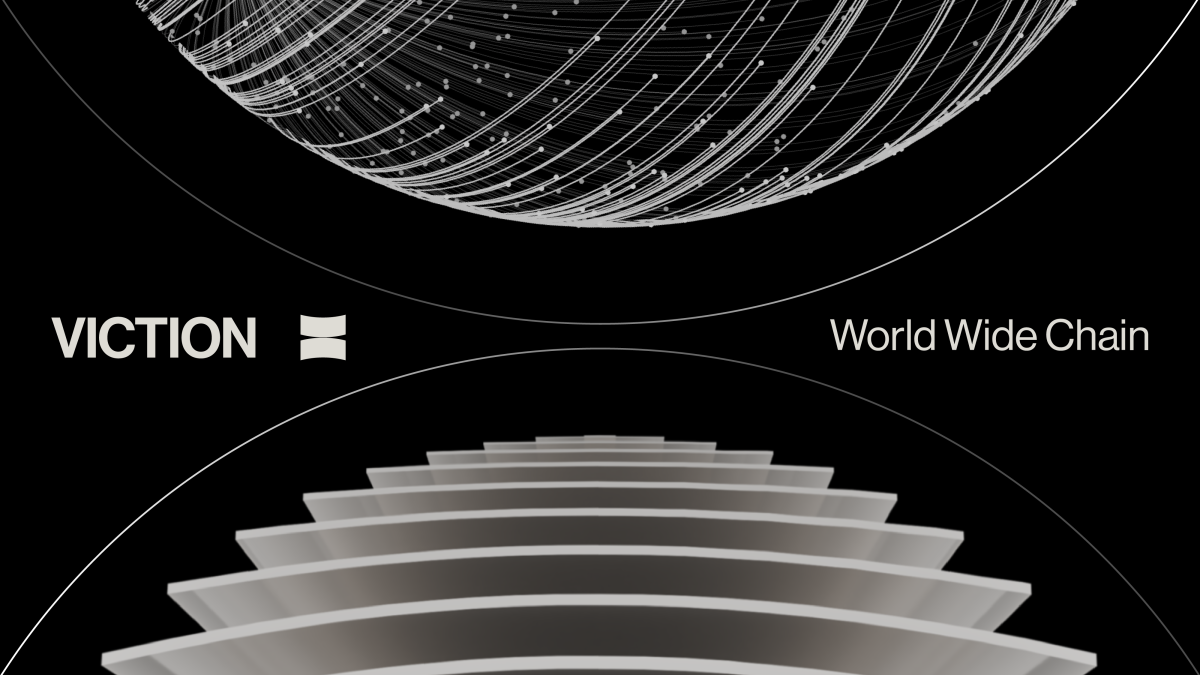
Real World Assets and The Road To Tokenization


The state of crypto today draws a parallel to Cormac McCarthy’s The Road – it’s a view of a post-apocalyptic world after an extinction event. The book follows a father and son on their journey to find other “good guys” who are also “carrying the fire.” Like McCarthy’s tome, there are plenty of good guys in the finance and crypto worlds that are carrying that fire. As much of the retail investment community pulled back from cryptocurrencies during 2022, a year that saw Bitcoin and Ethereum prices drop 65% and 67.7% and countless other cryptocurrencies evaporate completely, the institutional finance community has stepped up their plans for implementing blockchain and DLT in their existing businesses. If 2021 and 2022 were the years for cryptocurrencies in the realm of digital assets, 2023 may become the year for tokenized real-world assets (RWAs).
The Road to Tokenization
Over the last year, tokenization has increasingly moved front and center for traditional Financial Institutions entering the digital assets world. Notably, in December, Larry Fink, CEO of Blackrock, a $10 trillion asset manager, said, “the next generation for markets, the next generation for securities, will be tokenization of securities." Headway in the space has also been made by other fund complexes.
Prior to Fink’s announcement, Wisdom Tree heralded a “new direct-to-retail fintech offering,” Wisdom Tree Prime, “a digital wallet, made available as a mobile app, that allows users to invest, save and spend with digital assets.” Launched in Q2, Wisdom Tree Prime offered beta customers the ability to invest in The WisdomTree Short-Term Treasury Digital Fund, whose performance is benchmarked to an Index of U.S. Treasury bills, bonds, and notes all with maturities between one and three years.
In May, Franklin Templeton launched a similar direct to consumer offering, Benji, “a mobile app that allows investors to browse tokenized securities and cryptocurrencies and invest in the world’s first tokenized money fund that is natively issued on a blockchain.” The first fund available to Benji customers was the Franklin Onchain U.S. Government Money Fund.
The companies’ inaugural efforts in tokenization are strikingly similar. Both utilize the Stellar blockchain and invest in short-term U.S. Government and Agency debt, arguably the most liquid and safest market. Both efforts test a hypothesis that would enable them to reach retail clients directly, versus using an existing network of wholesalers and brokers.
The Benefits of Onchain Assets
According to industry experts, bringing funds onchain could allow fund managers to reduce expense ratios by close to 30%. For asset managers, this efficiency could translate into huge improvements in fund performance, leading to greater investment. While total AUM for both funds is still less than $150 million, the opportunity is much larger. According to the McKinsey Global Institute, households, corporations, and governments owned $510 trillion in financial assets at the end of 2021. When compared to the ATH market capitalization of global cryptocurrencies (roughly $3 trillion in November 2021), the stakes for bringing RWA onchain suddenly become very real. Implementing technology that increases efficiency over an asset base of this magnitude is game changing.
The road to tokenization, however, is far from clear. Like McCarthy’s protagonists, those on the digital assets journey will face challenges that threaten to derail their progress. Along with a still murky regulatory framework, there is an incumbent infrastructure in place that will simultaneously battle the threats of decentralization while transforming their businesses to find their own place within this new world. This is why we’ve made building this infrastructure and serving as strategic partners to institutional adopters our mission here at Ledgible.
It is clear, however, that the investments being made in blockchain and DLT by the largest institutional financial players in the world acknowledge the efficiency and benefits these technologies bring. Now, to find the good guys that can carry that fire.
Article by Jeff Gapusan, Ledgible’s VP of Strategy. He is also a Contributor for Forbes, where he writes about FinTech and Digital Assets.
This post is commissioned by Ledgible and does not serve as a testimonial or endorsement by The Block. This post is for informational purposes only and should not be relied upon as a basis for investment, tax, legal or other advice. You should conduct your own research and consult independent counsel and advisors on the matters discussed within this post. Past performance of any asset is not indicative of future results.
© 2023 The Block. All Rights Reserved. This article is provided for informational purposes only. It is not offered or intended to be used as legal, tax, investment, financial, or other advice.

